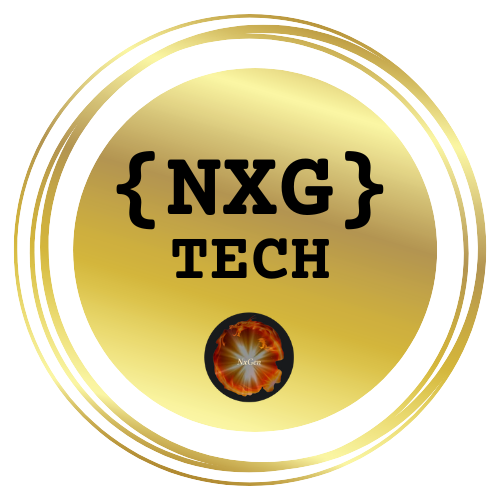
A Closer Look at BYD's "God’s Eye" Technology
BYD’s latest advance in autonomous driving, the "God’s Eye" system, aims to revolutionize the electric vehicle landscape with its impressive integration across a variety of models, competing fiercely with Tesla’s offerings. BYD is not just putting a label on a technology; it's introducing a detailed package of advanced driver-assistance features that could signal a shift in market dynamics. Marketed as standard across 21 of its vehicles, there is considerable discussion about the depth of these features, especially when compared with Tesla's Full Self-Driving technology.
Understanding the Technology's Layers
BYD's "God’s Eye" technology comes in three distinct tiers: C, B, and A, catering to different market segments from entry-level to high-end luxury vehicles. The entry-level variant, God’s Eye C, offers essential semi-autonomous features for around $9,500, making it accessible to a wider audience, including low-end EV models like the Seagull hatchback.
This approach mirrors a growing trend in the automotive industry, where manufacturers aim to democratize technology that was once exclusive to high-end models. While God’s Eye A targets premium offerings like the Yangwang U9 supercar, the strategy becomes clear: Make advanced self-driving capabilities more available and attractive, thus challenging Tesla’s perceived hegemony in the EV market.
Comparative Analysis: BYD vs. Tesla
What does this mean for Tesla? Analysts suggest BYD’s advance could ignite a price war, forcing other manufacturers, including Tesla, to reconsider their pricing strategies in China’s competitive EV market. With Tesla's Full Self-Driving still working through regulatory hurdles in the region, BYD's ability to offer this technology at standard pricing could shift consumer priorities, especially in a market where cost is a significant factor.
Despite these advancements, it is crucial to note that BYD's L2+ system still necessitates human oversight while driving, akin to what comes with Tesla's capabilities. The term "L2+" has sparked confusion, as it is not an SAE-recognized level of automation. The push to suggest a technological leap may be more about marketing than fully autonomous driving.
Looking to the Future: The Potential Impact
The introduction of an affordably integrated system at BYD might encourage mass adoption of self-driving technology and spurred interest in the broader implications for future urban mobility. As autonomous features become a standard in more accessible price points, we could see a wider acceptance and expectation of advanced driving options across consumer vehicles.
 Add Row
Add Row  Add
Add 




Write A Comment